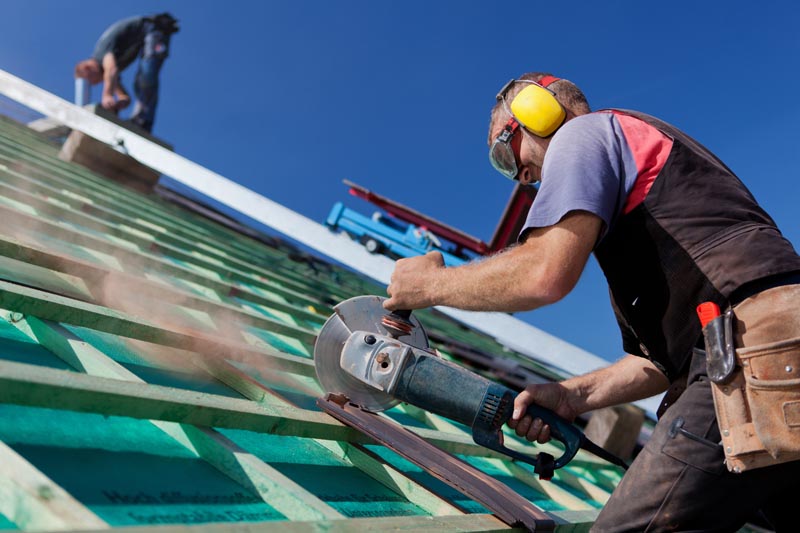
Baltimore, a vibrant city known for its historic charm and cultural diversity, is also a city committed to taking action against climate change. As part of its Climate Action Plan, the city has identified green roofing as a key strategy to mitigate the impacts of climate change and promote environmental sustainability. Green roofing refers to the practice of covering rooftops with vegetation, providing a wide range of benefits to both the environment and the community.
Mitigating Climate Change with Green Roofs
Green roofing plays a crucial role in mitigating climate change by reducing carbon emissions and promoting energy efficiency. Traditional rooftops tend to absorb and radiate heat, leading to the urban heat island effect. By incorporating green roofs, which are covered in plants and vegetation, temperature fluctuations can be reduced significantly. The plants absorb carbon dioxide and release oxygen through photosynthesis, effectively reducing greenhouse gas emissions and improving air quality, more about roofing Baltimore at this website.
Moreover, the installation of green roofs can help lower energy consumption and subsequent greenhouse gas emissions associated with heating and cooling buildings. Plants on rooftops act as natural insulators, reducing the need for air conditioning during summer months and providing an additional layer of insulation during winter months. This decreased reliance on mechanical cooling and heating systems not only reduces carbon emissions but also saves energy and promotes a more sustainable future.
Another significant benefit of green roofs is their ability to manage stormwater runoff. In Baltimore, like many other cities, stormwater runoff poses a considerable challenge, with excessive amounts overwhelming the city’s aging infrastructure and contributing to water pollution. Green roofs absorb rainfall and retain a significant amount of water, reducing the burden on storm drainage systems and preventing pollution from entering the waterways. This natural stormwater management system makes green roofs an essential tool in the city’s efforts to combat climate change and protect its water resources.
Green roofs also contribute to urban biodiversity, providing habitats for many species of birds and insects that are crucial for a healthy ecosystem. By incorporating green spaces into an otherwise concrete-dominated urban landscape, Baltimore can enhance its biodiversity and create a more environmentally friendly city. This increased biodiversity can have secondary benefits such as improved pollination for local plants and the preservation of native species.
Policy Support and Environmental Goals
Recognizing the importance of green roofing in achieving its environmental goals, Baltimore has implemented policies and programs to support the adoption of this sustainable practice. The city offers financial incentives, grants, and tax credits for property owners and developers who install and maintain green roofs. These incentives help offset the initial costs of installation and encourage broader adoption across the city.
Additionally, Baltimore has updated its building codes to incorporate green roofing requirements for new construction and major renovations. This ensures that green roofing becomes an integral part of the city’s future development and supports its overall climate resilience strategies. By mandating green roofs in building codes, the city is making a significant commitment to reducing its carbon footprint and improving the quality of life for its residents.
To further promote the benefits of green roofing, Baltimore has also launched educational campaigns and outreach programs. These initiatives aim to raise awareness about the environmental advantages, cost savings, and aesthetic appeal associated with green roofs. By providing information and resources, the city hopes to inspire property owners and residents to consider green roofing as a viable and impactful solution in their own communities.
In conclusion, green roofing is an essential component of Baltimore’s Climate Action Plan, offering multiple benefits for both the environment and the city’s residents. By mitigating the effects of climate change, promoting energy efficiency, managing stormwater runoff, and enhancing urban biodiversity, green roofs play a crucial role in creating a more sustainable and resilient city. With its supportive policies and educational initiatives, Baltimore is leading the way in incorporating green roofing into its urban landscape, setting an example for other cities to follow, another article about green roofing and solar roofing in here.